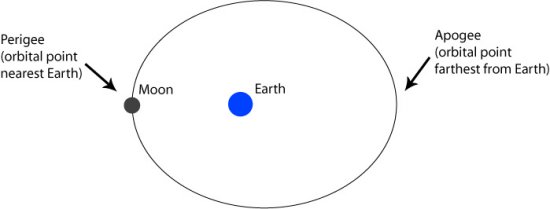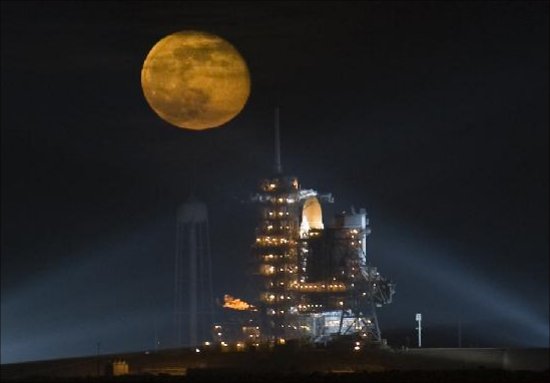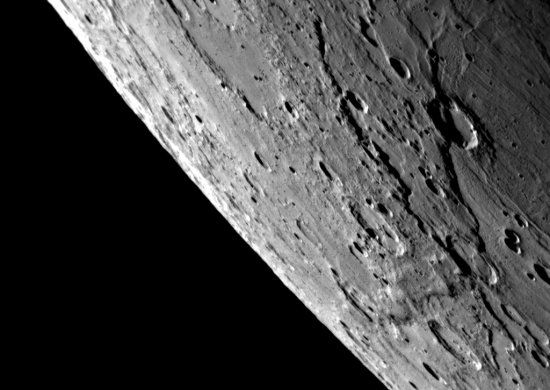What are the signs of spring? They are as familiar as a blooming daffodil, a songbird at dawn, a surprising shaft of warmth from the afternoon sun. And, oh yes, don’t forget the meteors.
“Spring is fireball season,” says Bill Cooke of NASA’s Meteoroid Environment Center. “For reasons we don’t fully understand, the rate of bright meteors climbs during the weeks around the vernal equinox.”
In other seasons, a person willing to watch the sky from dusk to dawn could expect to see around 10 random or “sporadic” fireballs. A fireball is a meteor brighter than the planet Venus. Earth is bombarded by them as our planet plows through the jetsam and flotsam of space–i.e., fragments of broken asteroids and decaying comets that litter the inner solar system.
In spring, fireballs are more abundant. Their nightly rate mysteriously climbs 10% to 30%.
“We’ve known about this phenomenon for more than 30 years,” says Cooke. “It’s not only fireballs that are affected. Meteorite falls–space rocks that actually hit the ground–are more common in spring as well1.”
Researchers who study Earth’s meteoroid environment have never come up with a satisfactory explanation for the extra fireballs. In fact, the more they think about it, the stranger it gets…
Read the Science@NASA article here:
http://science.nasa.gov/science-news/science-at-nasa/2011/31mar_springfireballs/
Month: March 2011
Biggest Full Moon in 20 Years!
Stargazers are in for a big treat this weekend!
On Mar. 19 the full moon will brighten the night sky as the biggest full moon seen in almost two decades. The moon will be at perigee, its closest point to Earth — only 221,565 miles (356,575 km) away.

The moon’s orbit around Earth is not circular — it’s elliptical. One part of the orbit,
the perigee, is closer to the Earth than the other, the apogee. The image is NOT to
scale — the eccentricity of the moon’s orbit has been exaggerated.
The last time the full moon coincided with an extreme perigee was Mar. 8, 1993 when it was a distance of 221,536 miles (356,528 km) from the Earth.
This Saturday night, the moon will appear 14 percent bigger and 30 percent brighter in the sky than lesser full moons — when the moon is farthest from the Earth. But to the casual observer, it may difficult to tell the difference.
For the best viewing — and dependent upon clear skies, of course– look when the moon is near the horizon at sunset. The orbital geometry combined with the moon’s location near the horizon, put in scale next to buildings and trees, will combine to produce an awesome sight.

Full moon over space shuttle Endeavour in 2008.
If you take some great images of this weekend’s full moon, we’d love to feature them on the Marshall Space Flight Center Facebook page! http://www.facebook.com/nasa.marshall#!/nasamarshallcenter
Mercury Visible After Sunset
NASA’s Mercury MESSENGER spacecraft is preparing to insert itself into orbit tonight, Mar. 17. While you may not have a seat, you can still see Mercury tonight after sunset from the comfort of planet Earth.

Close-up image of a portion of Mercury’s surface, captured on a MESSENGER fly-by
on Oct. 6, 2008. (NASA/Johns Hopkins University Applied Physics Laboratory/
Carnegie Institution of Washington)
The key to seeing Mercury is having an unobstructed view of the horizon in the sunrise or sunset direction. You should look for Mercury about 30 to 40 minutes after sunset, as soon as the sky begins to darken.
For more viewing information about Mercury and other skywatching opportunities, visit: http://www.skyandtelescope.com/observing/ataglance
Keep up on the latest progess of Mercury MESSENGER at NASA’s MESSENGER mission page: https://www.nasa.gov/mission_pages/messenger/main/index.html
and the Johns Hopkins University Applied Physics Laboratory Website: http://messenger.jhuapl.edu/
The Great Fireball Network
Watching the skies is much more than a hobby with the Marshall Center’s Bill Cooke, lead of the Meteoroid Environment office — it’s an obsession.

Each morning when Cooke logs on to his computer, he quickly checks email for the daily update from the fireball camera network. Groups of smart cameras in Cooke’s new Fireball network triangulate the fireballs’ paths, and generate the report that appears in his email each morning.
Cooke’s network of cameras is currently made up of three cameras; however he is looking to add 12 additional cameras, and he’s actively seeking schools, science centers and planetariums to host his cameras. The cameras will need to be deployed in clusters of five. One group will be spread over the southeast United States; another in the Ohio and Kentucky area; and another along the Atlantic coast in the northeast. The hope is that at least one of the three regions will have clear skies at any given time.
The following criteria must be met for a location to be considered as a camera site:
- Location east of the Mississippi River
- Clear horizon — few trees
- Few bright lights — none close to camera
- Fast internet connection
Stay tuned for details on what the fireball network reports!
